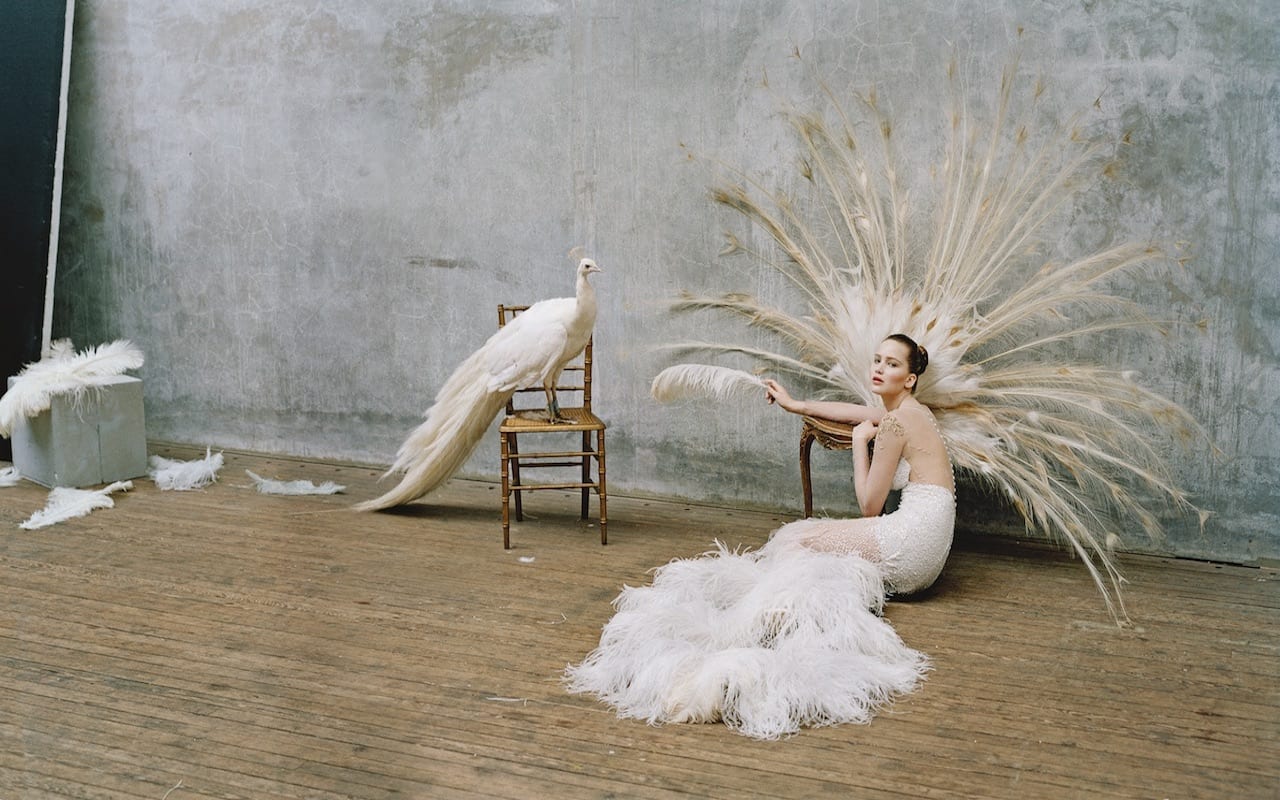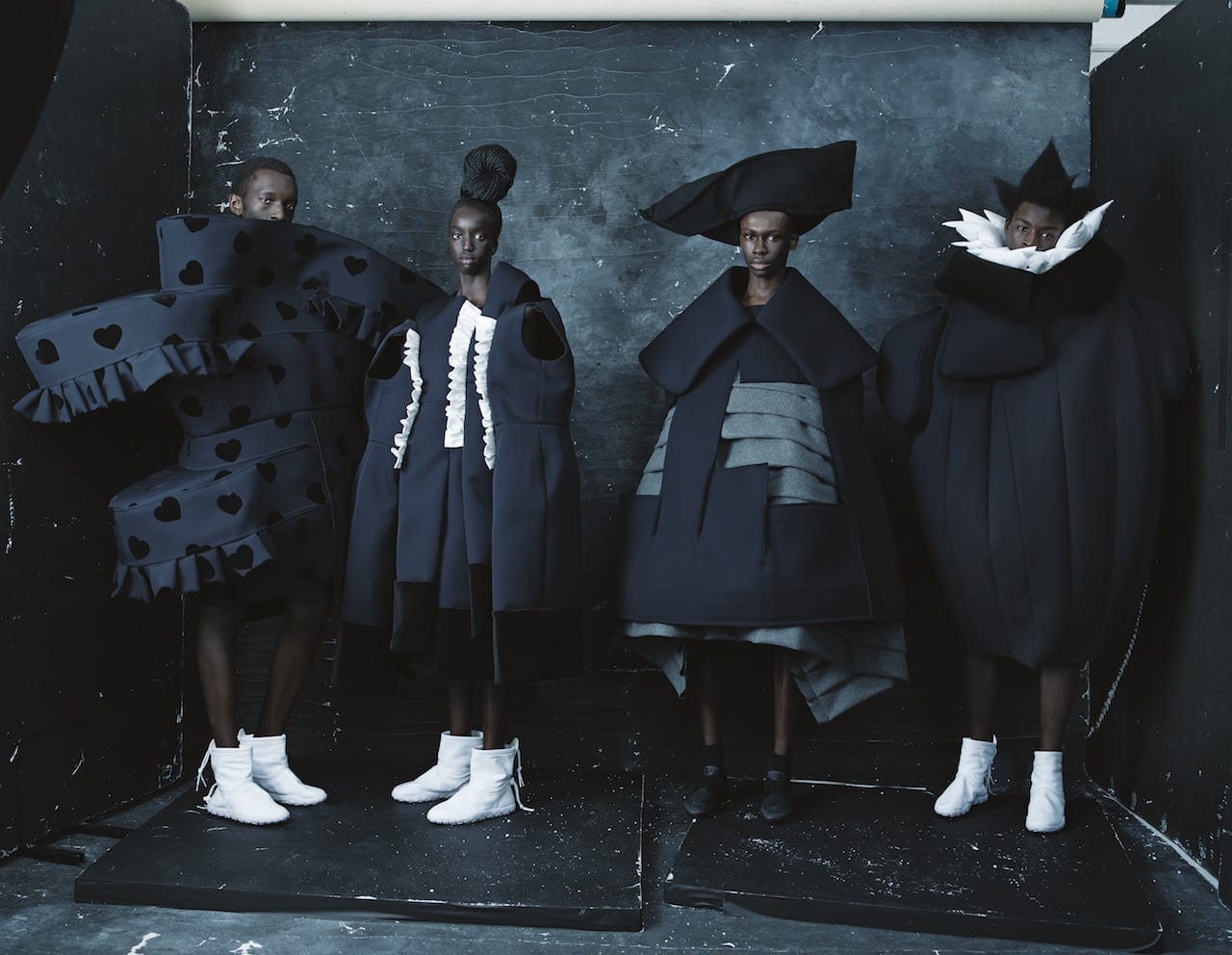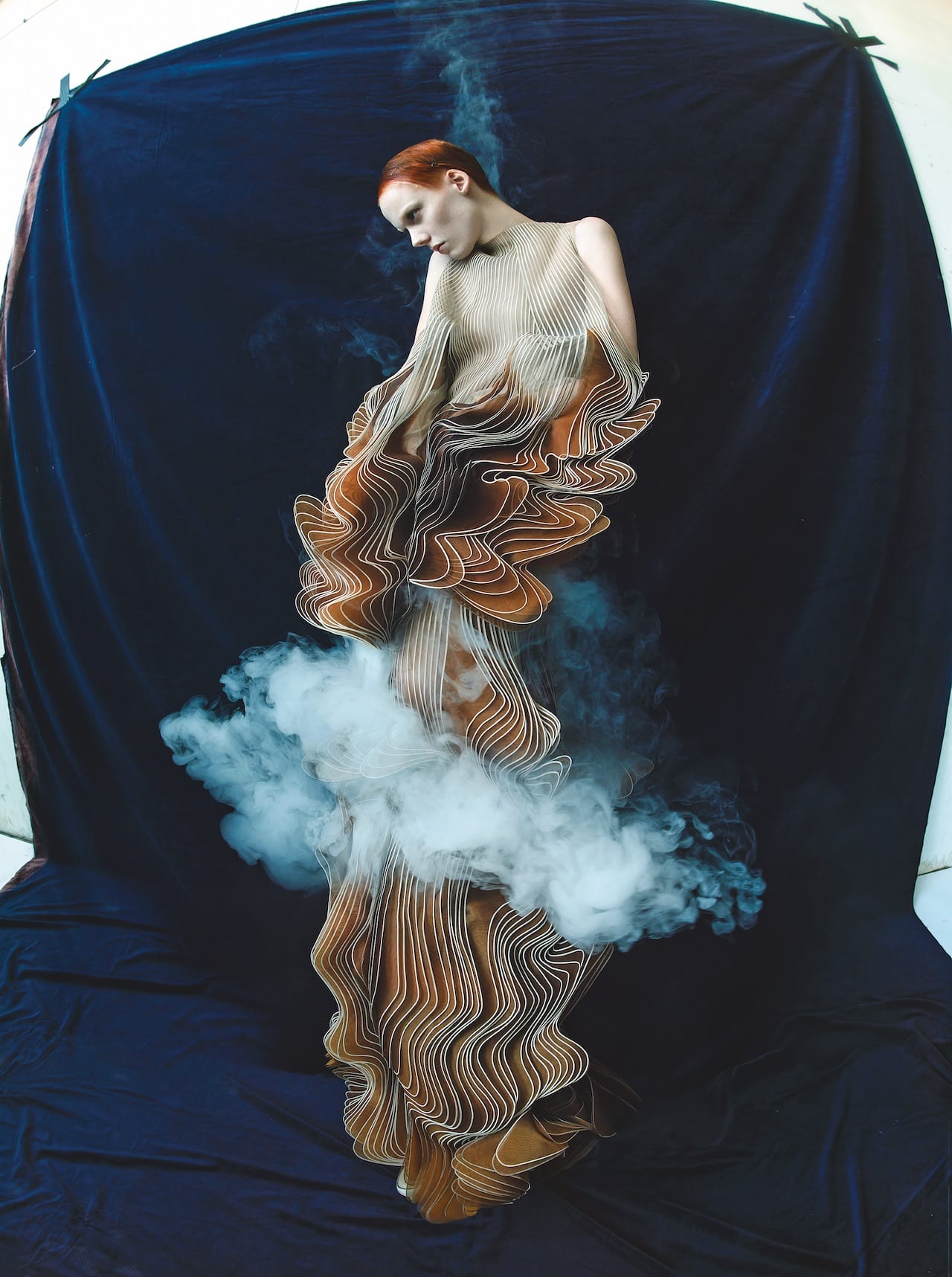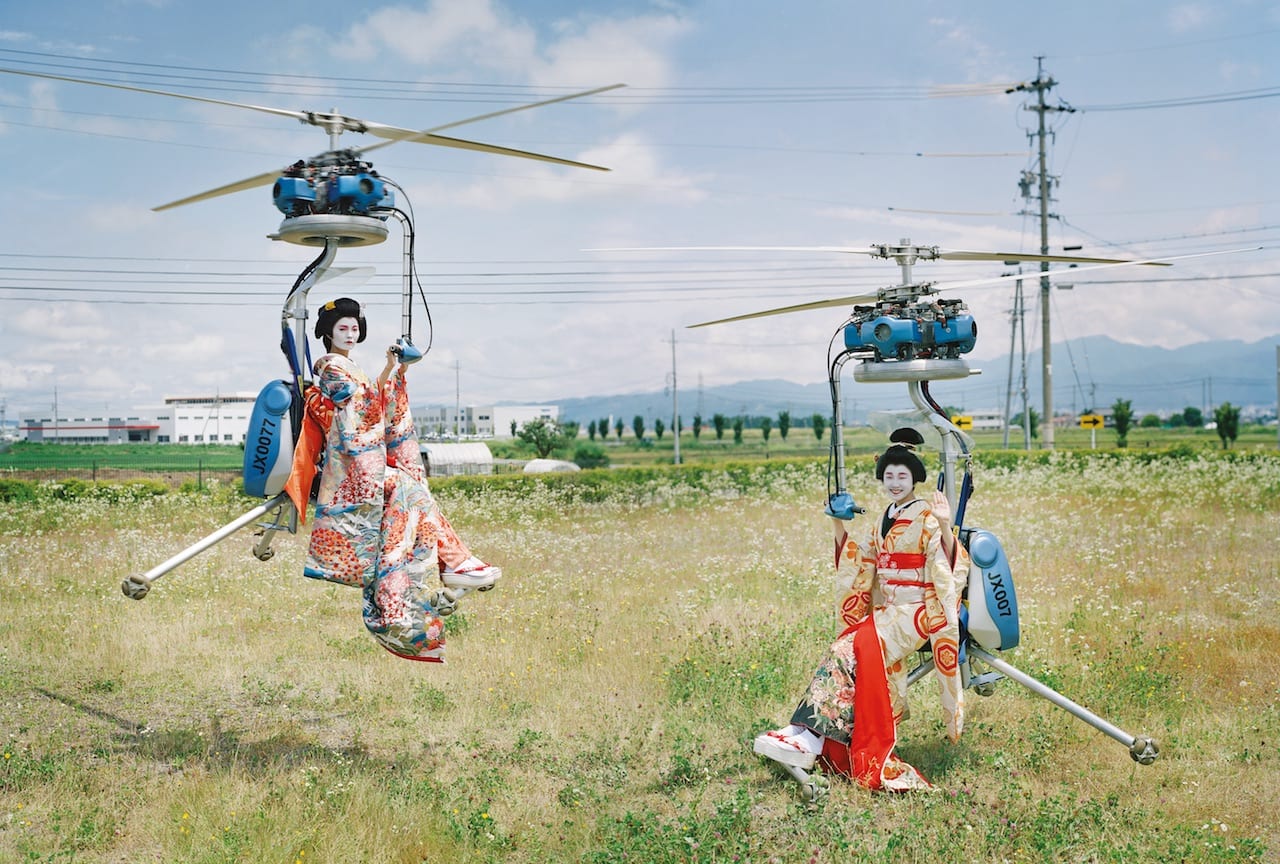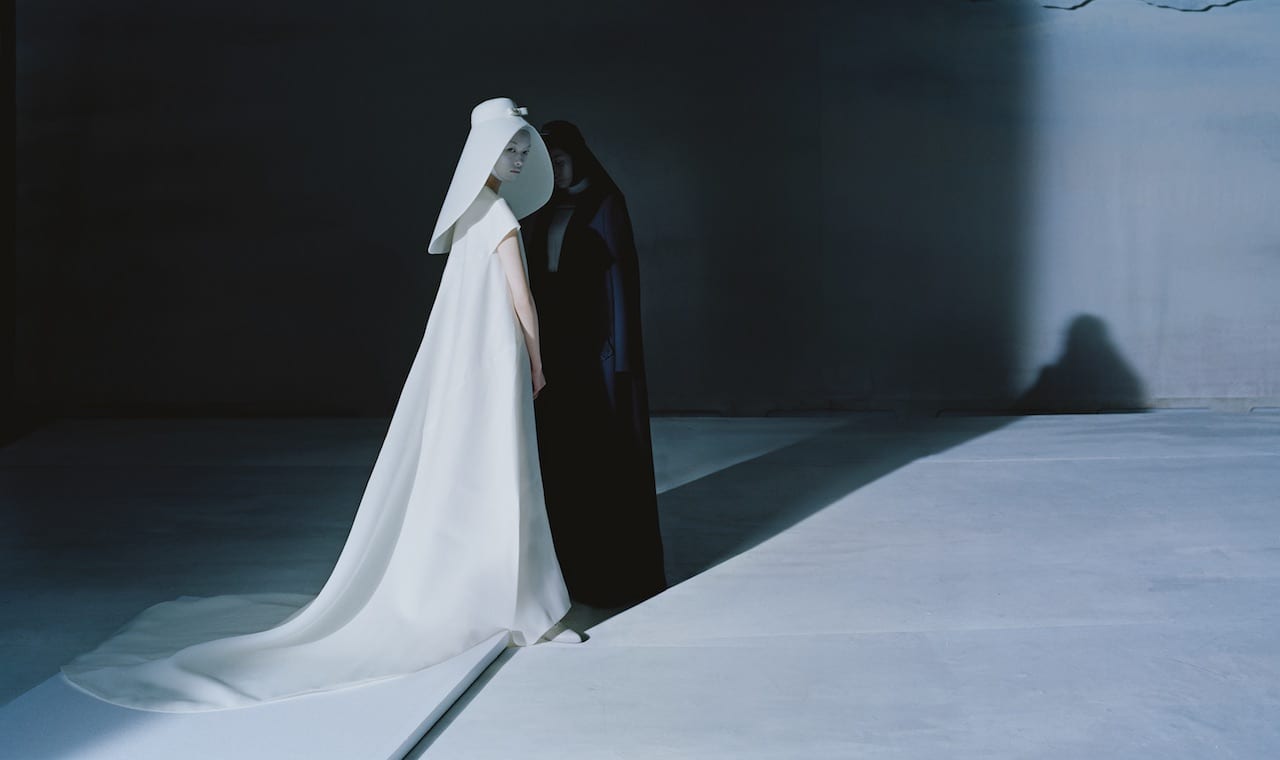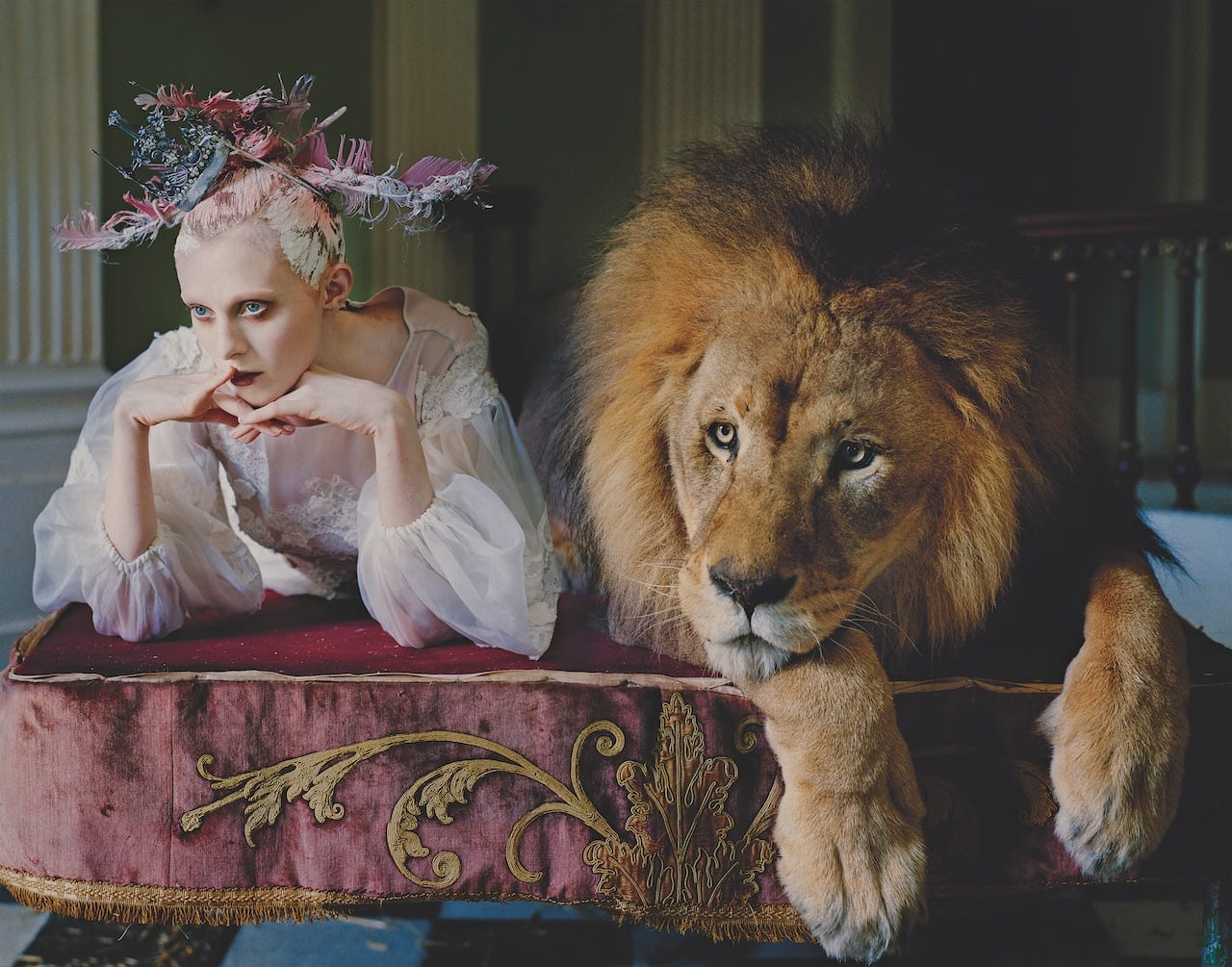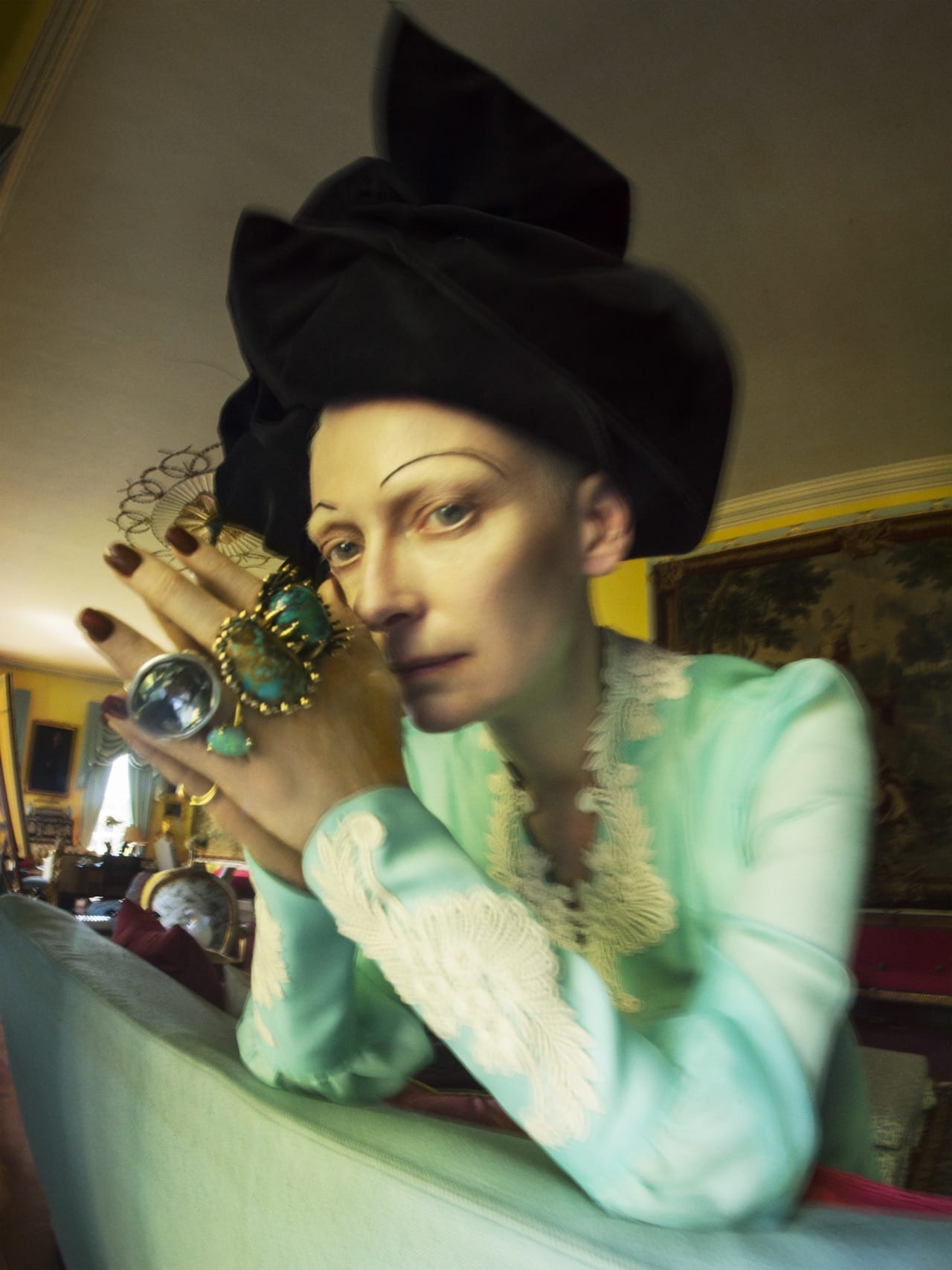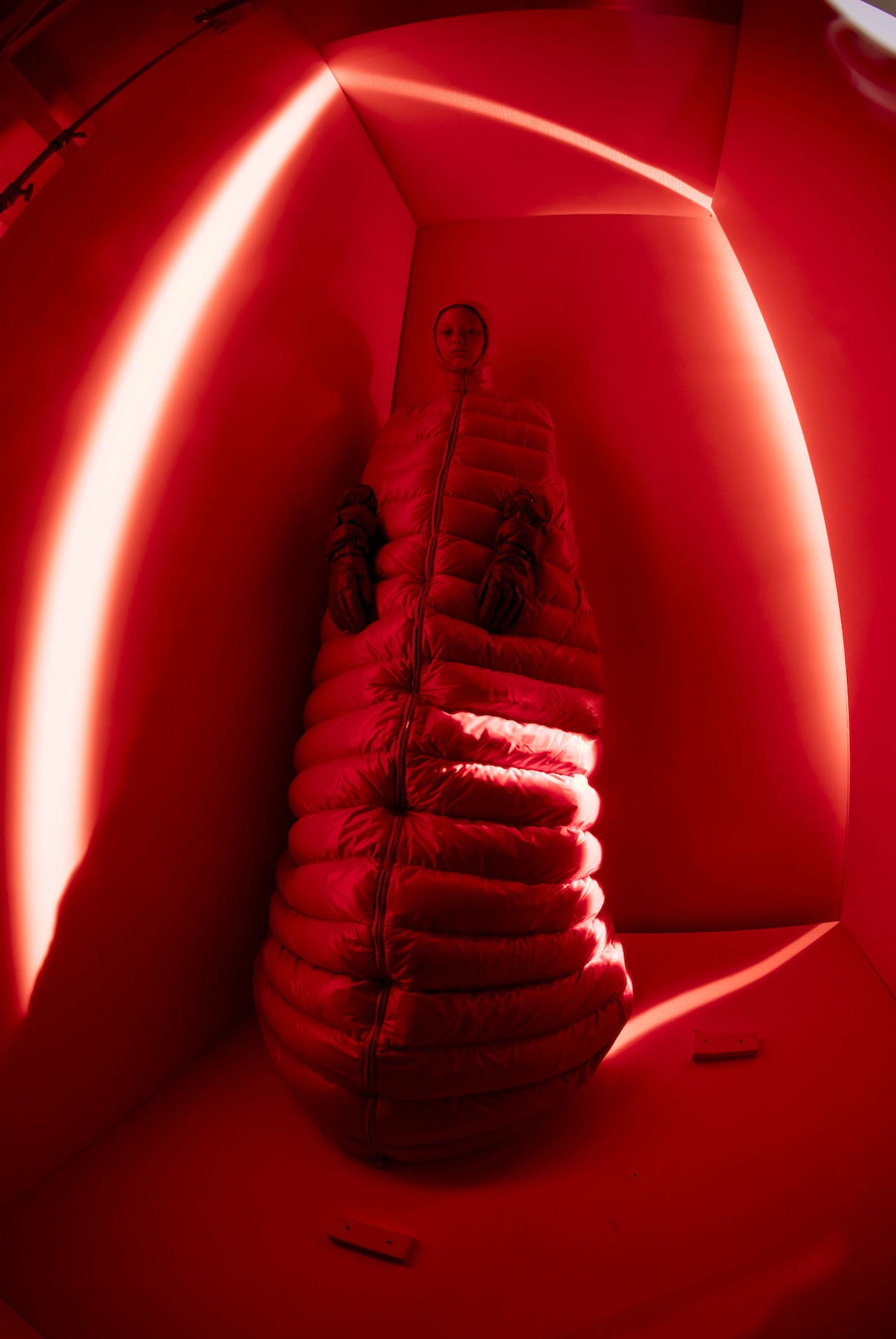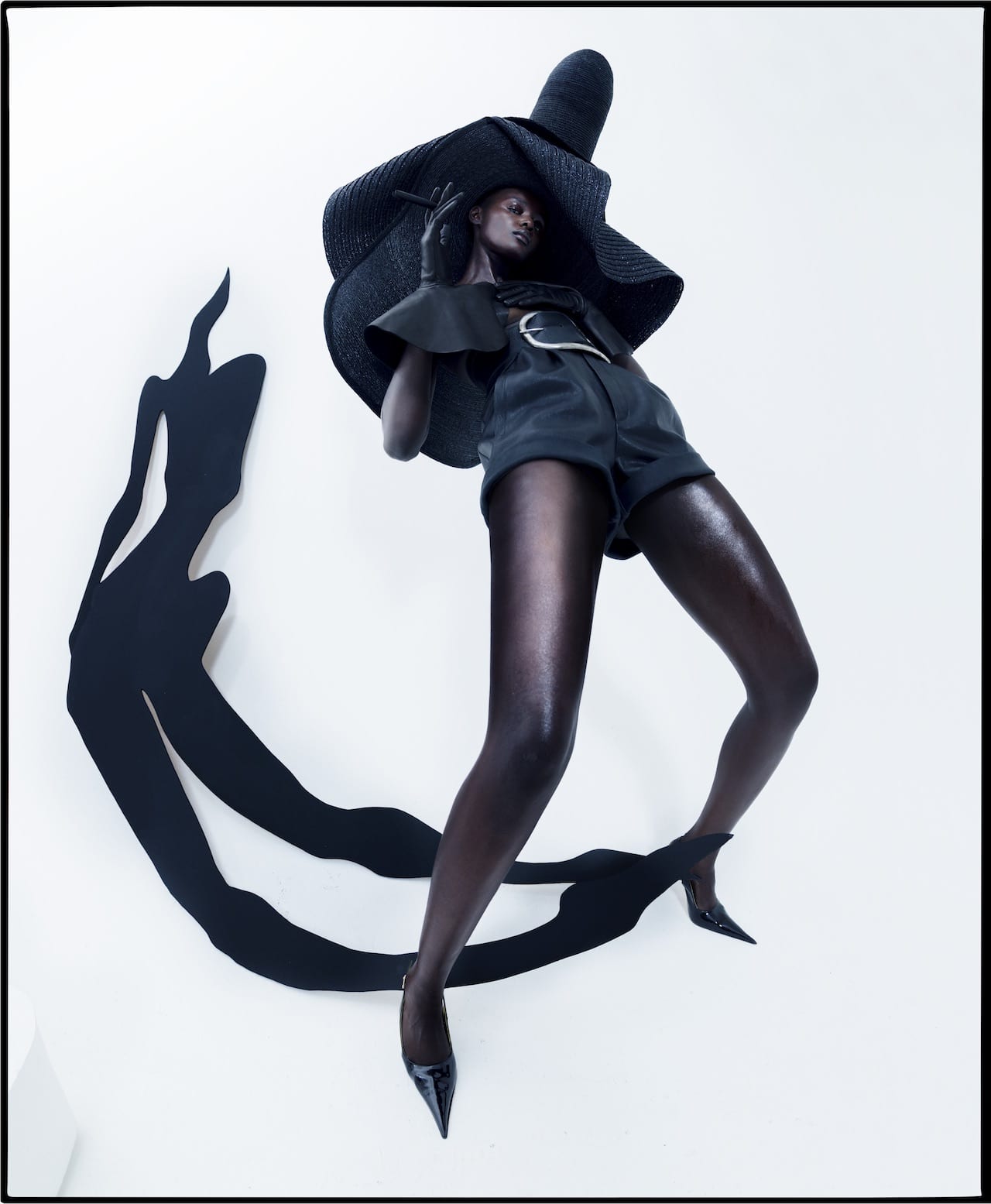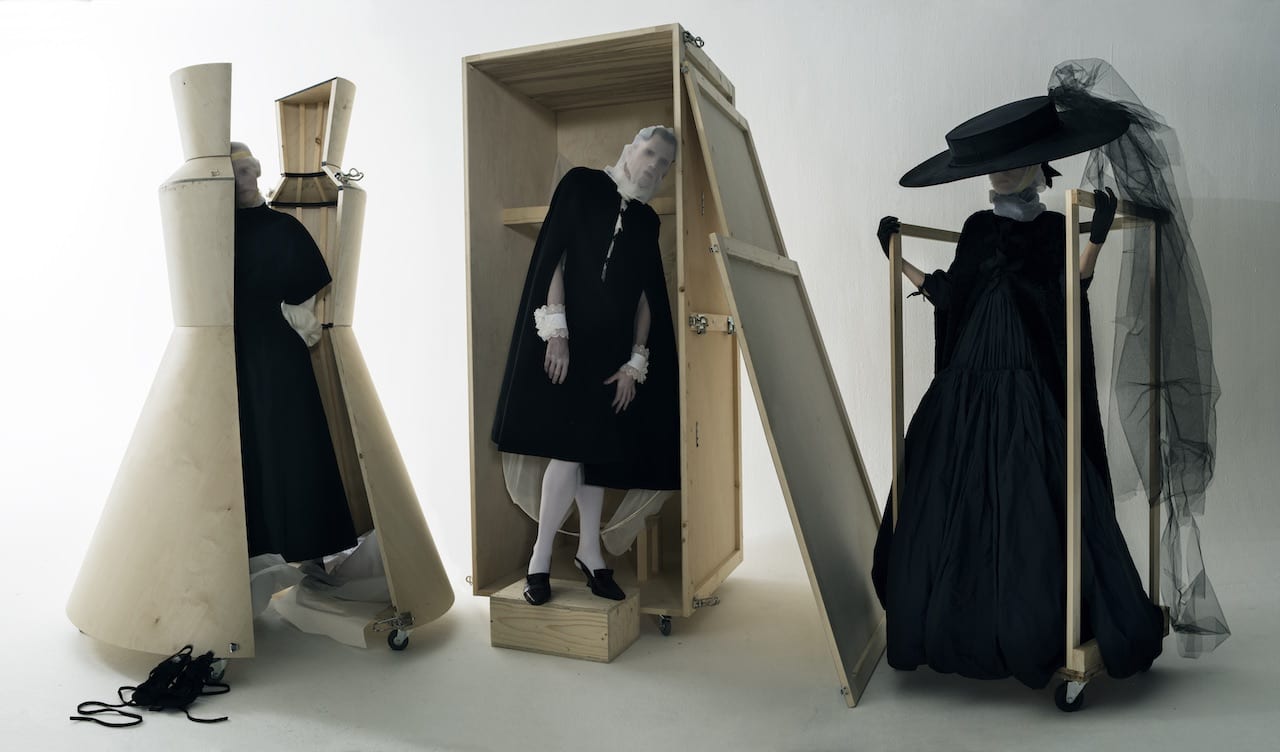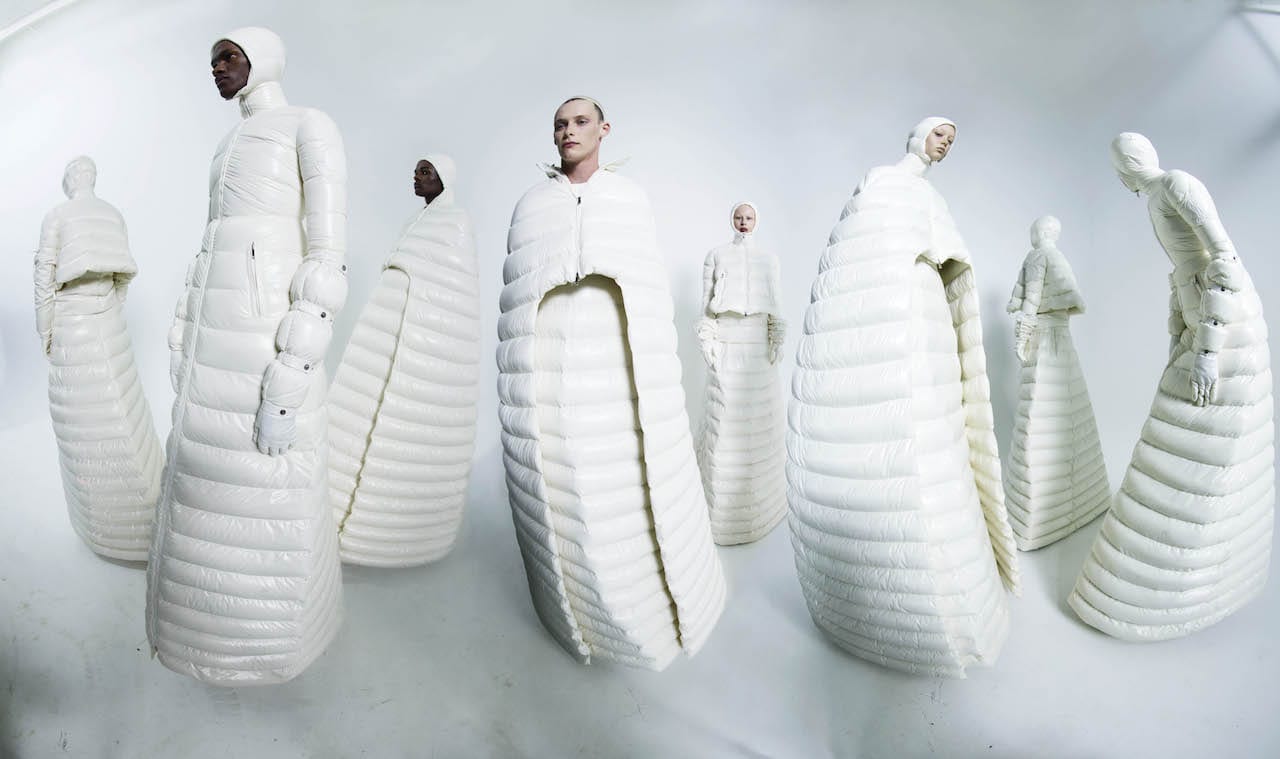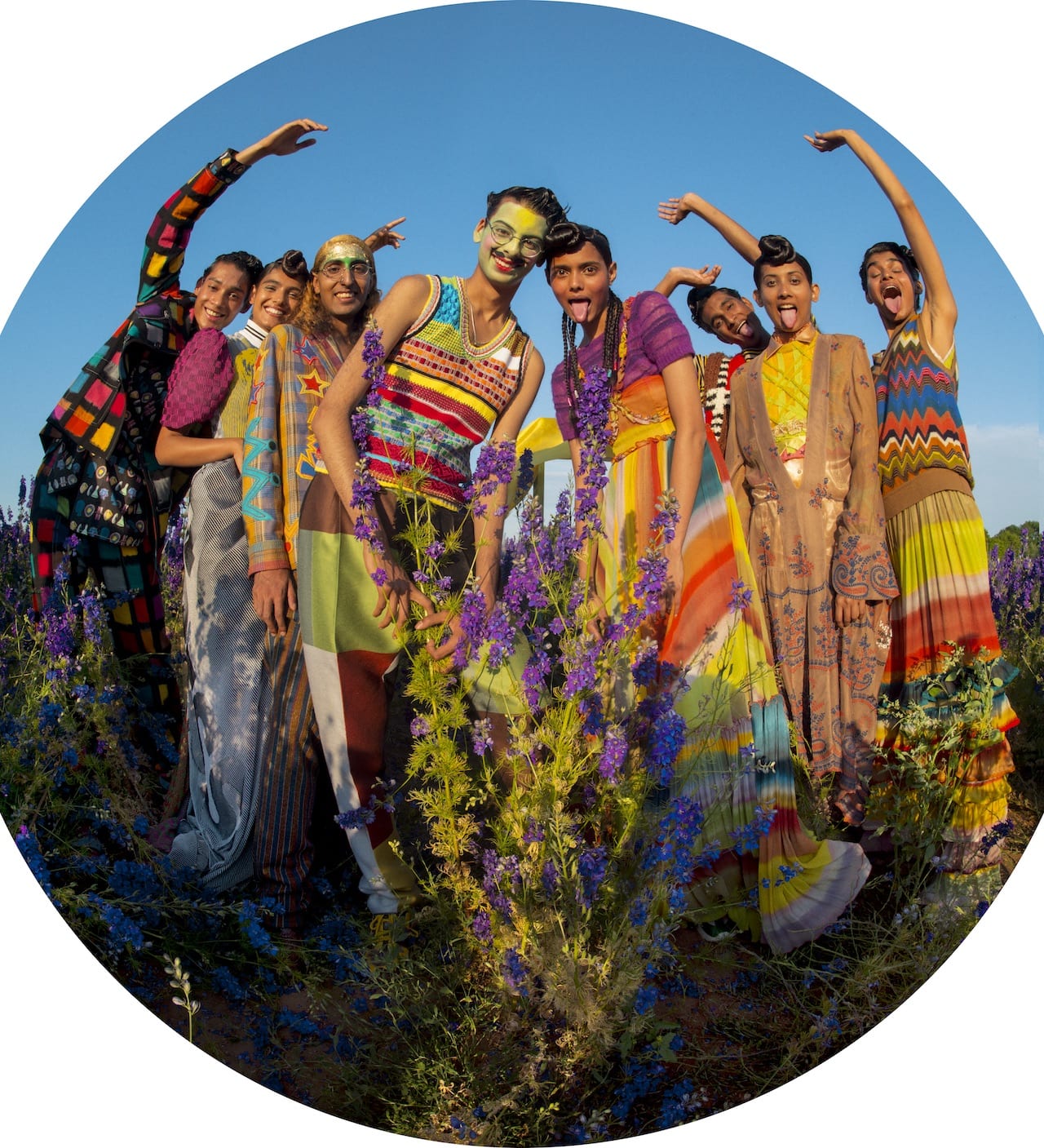So while he still continues to shoot high-end fashion, he is also expanding his oeuvre into portraiture, working for magazines such as W, The New Yorker and Vanity Fair. In contrast to the theatre of his fashion work, he will often opt for a very simple, stripped-back set.
“It’s something that’s exploded since I last saw you,” he says of his return to a more modest approach. “It’s a response to the baroque complication of working in a ‘world’. When I create a world, it’s incredibly complicated and intricate to get right because there are so many elements – it’s just ultimately a complicated vision when you look through the camera. The antithesis is me taking a picture of you now, in a beautiful light, with a white background… You become the world, you’re the one I’m interested in.” A good portrait is “a mutual agreement”, he says, adding that he questions the value of a portrait in which “the photographer is too over it, if it’s 80 per cent photographer and 20 per cent subject. “It’s a very gentle guiding, never a push,” he says. “I would never want to push someone into a situation.”
He points to photographing the film director David Lynch as a formative experience, though one that he initially found disappointing because “I just turned up, he wore a white shirt, and nothing happened”. It was only later that he realised that ‘nothing’ had been the point – that Lynch, a transcendental meditation devotee, had wanted nothing to happen “because everything inside was a sort of meditative expression of a blank piece of paper”.
“He loved the white paper, and just drew a tiny symbol on the paper, then just stood and looked at the camera, and that was fabulous,” says Walker. “It’s like Gandhi – what did Gandhi have when he died? A pair of wooden-soled sandals and that was it, and there was a beautiful simplicity to that. The emptiness of life and the likeness and the fact we don’t carry belongings is a very Lynchian theory.” When Walker photographed Lynch it was “just me and him”.
Walker’s east London studio is “very, very small” and intimate, he says, with no room for a big crew or set and the potential for intimidation that they bring. Even so, he’s not about to give up on big productions or big crews just yet – as his work with the V&A shows. And while he can “take a picture of David Lynch at a white table on my own, I can’t create an exhibition at the V&A without a whole host of people”, and he says he feels privileged to have worked with the curators and experts at the museum, who shared their knowledge with him and gave him “an extraordinary education”. He insists that Shona Heath has been “the absolute lynchpin” of the V&A project, creating every set, present on every shoot, and designing the exhibition.“It’s a very beautiful conversation we always have, I think she’s the best.”
When I ask what he wants to do next, Walker – off the back of the all-night shoot, the new book, and the three-year project at the V&A – replies he wants to take his dog for a really long walk in the park, spend some time at home cooking and being with friends, and read and recharge. It was a beautiful time to make the book and have the exhibition because it was so reflective, he says; next he wants to work out “the way the world, the mirror, has shattered, and where I fit into one of those little fragments”.
“There were rules before – when I last met you there was establishment, there were rules, things were happening in a certain way,” he explains. “Now all the walls are coming down – he became she, she became they, black became white, white became black, everything’s completely changed. All I know is that anything goes, as long as you’re responsible and you’re honest.
“This is merely a time for doing things responsibly and with great kindness,” he adds. “If you’re kind and responsible and love humankind generally, the world is your oyster.”

